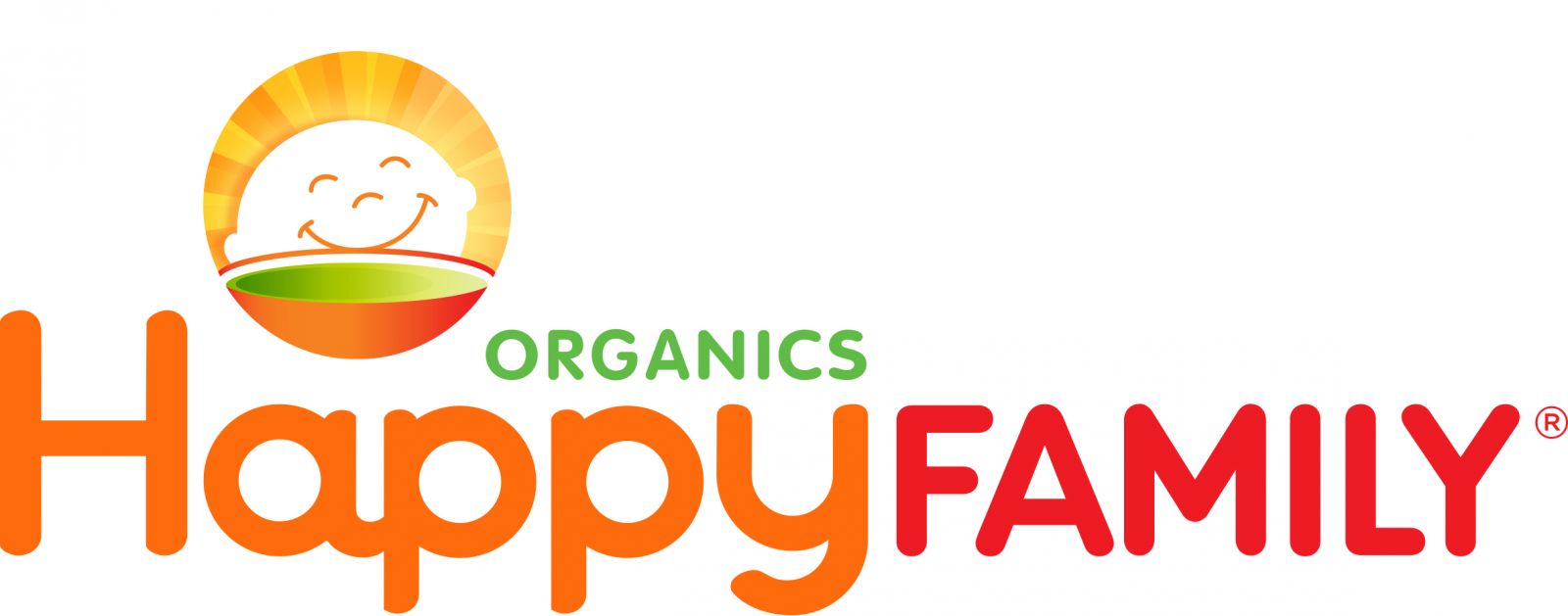Consensus is mounting for a single, standardized definition for food grown in a regenerative manner that restores and maintains natural systems, like water and carbon cycles, to enable land to continue to produce food in a manner that is healthier for people and the longterm health of the planet and its climate.
View or download a pdf version of the definition in English here or in Spanish here.
View or download a pdf version of the press release here.
View or download pdf of logos and names of current signatories here.
Add the name and logo of your company or organization to the list of signatories here.
For more information about getting involved with the definition, please contact: info@thecarbonunderground.org
Current signatories include:
DanoneWave
MegaFood
Annie’s
Green America Center for Sustainability Solutions
Regeneration International
Gardener’s Supply
Fetzer Vinyards
Cascadian Farm
Epic Provisions
Pangea Organics
Crofters Organic
National Sanitation Foundation
Organic Consumer Association
Organic India
California Olive Ranch
National Co-Op Grocers
New Chapter
Nutiva
Center for Food Safety
American Renewable Energy Institute
Cal State Chico
Fibershed
Demeter USA
Guayaki
The Carbon Underground
Center for No-Till Agriculture (Ghana)
Asociación de Consumidores Orgánicos
Gratitude Railroad
Teeccino
Burroughs Family Farms
Sustain Natural
Biodinami
Earth Open Source
Farmer D Consulting
Straus Family Creamery
Rodale Institute
New Hope Natural Media
Numi Organic Tea
Traditional Medicinals
Finca Luna Nueva
Intervale
Biodiversity for a Living Climate
IDEAA Regeneration Systems
Soil Food Web
Halo Purely for Pets
Leichtag Foundation
Thrive Market
Ecoteas
International Foundation for Organic Agriculture (IFOAM)
Sweet Grass Organics
Sambazon
Soil4Climate
Terra Genesis
The Food Revolution Network
Holistic Management International
Coastal Roots Farm
Beyond Brands
Maharishi University of Management
The Howard G. Buffett Foundation Center for No-Till Agriculture
Mercola
Republic of Tea
Earth Conscious Films
Earth Partners
National Hemp Association
Wild Oats Marketplace
The Credible Food Project
The Honest Bison
iGiveTrees
Food Connect Foundation
Beneficial Results
Ganaderia Regenerativa
Biodiversity for a Livable Climate
Green America
Organic Investment Cooperative (Australia)
Applewood Permaculture Centre
Grow More, Waste Less Food Systems Consulting
Groundswell
Erda Kroft Farm
San Diego Roots Sustainable Food Project
Wild Willow Farm and Education Center
The Organic & Non-GMO Report
Composting Collaborative
Burelli Farm
Pharmaca Integrative Pharmacy
Kiss the Ground
Symbiosis Eco Design
Temple Tumeric
Slow Money
Arise Ag Tech
Biosafety Alliance
Via Organica
RegenAg
Compass Natural
At the Epicenter
Paicines RanchSoil Not Oil Coalition
The Builders Fund
Suma-Agro
Project Grounded
Val U Raw Honey
LA Compost
Aztec Foodgrowers Corporation
Blue Ring
Argo
Alianza del Pastizal
Henosis
Gaia Herbs
Happy Family Brands
Health Care Without Harm
Playa Dita S.A.
White Leaf Provisions
Metta Earth Institute
Inga Foundation USA
Central Técnica Ganadera de Colombia SAS
Agrigest France
Biosafety Alliance
Lumen Regenerative Hemp Juice
Agropecuaria Olho do Ceu
Organic & Regenerative Investment Cooperative
The Norwegian University College for Agriculture and Rural Development
Initiative, CSUC
Dr. Cindy Daley, Co-director, Regenerative Agriculture
Initiative, CSUC
Doug Greene, Founder, New Hope Network
Dave Carter, National Bison Association, former Chair NOSB
Ray R. Weil, Department of Environmental Science & Technology, University of Maryland
Anthony Zolezzi, Board Member, Wild Oats Marketplace
Dr. Elaine Ingham, Soil Food Web
Dr. Appachanda Thimmaiah,
Maharishi University of Management
Will Rapp, Gardener’s Supply
Dr. David Johnson, New Mexico University
FAQs
Why do we need a definition?
There are two reasons why a definition was created. The first one is because regenerative agriculture is a relatively new phrase and therefore needed specificity as to what the term meant. This gives everyone the same basic explanation and direction for a method of agriculture that works with nature and the core systems of carbon and water. The second reason is to protect the increasingly popular phrase from being watered down, much the way the words natural or sustainable have been. The goal of creating a de facto standard definition is aided by having growers, manufacturers, retailers and key scientists come together behind it.
How was it created?
It was done in a highly collaborative way, with many of the co-signers being involved in the process to make sure different points of view were included. It’s important to note that as we are still learning more and more about soil biology, and its relationship to climate, yield, food security, water cycles, and other areas of ecosystem services, we consider this a living definition that will evolve as necessary.
Some of the co-signing organizations have different glosses on what they believe to be the fullest meaning of regenerative. Some have, for example, expressed the belief that “regenerative” needs to include farmer and community welfare and equity. Others have suggested a deeper examination of biological diversity. We understand, therefore, that some of our co-signers will advocate for the inclusion of these concepts as this definition evolves. As we said above, this is meant to be a living definition – a starting point for discussion and standard setting.
Is this a certification?
No, it is a definition. It is a set of agricultural principles that enable natural systems to regain and retain their abilities to keep the planet healthy and bountiful.
Why doesn’t it mention organic?
While most co-creators and co-signers of this definition support the continued commitment to organic production, organic and regenerative are seen here as complementary, but separate.
There are two basic reasons for this. First, to achieve the levels of soil restoration necessary to reverse the carbon arrow and begin to reduce the threat of climate change—and do it within the window scientists tell us we have to work in– we need to encourage and enable as many farmers and ranchers as possible to work in a regenerative way, even if they currently choose not to go through organic certification. It’s also important to note that while neither regenerative or organic allow for the use of synthetic or artificial chemical inputs, growing organically does not guarantee carbon drawdown.
Another key reason has to do with the imminent threat of a complete topsoil loss, something the UN says will occur in this century at the rate we are losing it. The UN states that we have already lost up to 70% of the world’s topsoil, and that if we do not begin creating new topsoil now, which only regenerative agriculture guarantees, we may have only “sixty harvests left.”
This does not, by any means, mean to infer a lack of support for organic. In fact, we would consider agricultural techniques that are both organic and regenerative to be the absolute gold standard of achievement, and should be acknowledged as such.
What if Certified Organic is essential to me?
A farmer or product that is Certified Organic should benefit more by adding Regenerative on top of that commitment, much the way you might today add Fair Trade or Non GMO on top of your commitment to being certified organic. And from a functional and communications standpoint the commitment to keep people healthy (organic) and keep the planet healthy (regenerative) is a powerful and critical combination.
What about Sustainable Agriculture?
The words sustainable and regenerative are often used interchangeably, which they are not. The first one, for instance, might call for techniques that maintain soil health. The second one, however, addresses the critical need to restore soil health, re-balance the water and carbon cycles, create new topsoil, and then grow food and other materials in a regenerative way that enables nature to sustain these systems.
How do I use this definition?
However you want. This definition was created by, for and of the community. It is not a certification. It is a set of guideposts that lets us tell ourselves, our supply chain and our customers that we are growing our foods and ingredients in a manner that works with nature’s systems and will help ensure ongoing topsoil, improve security of our food supply, create healthier food, all while helping to heal the planet and stabilize our climate.








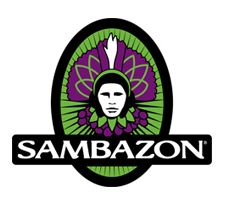







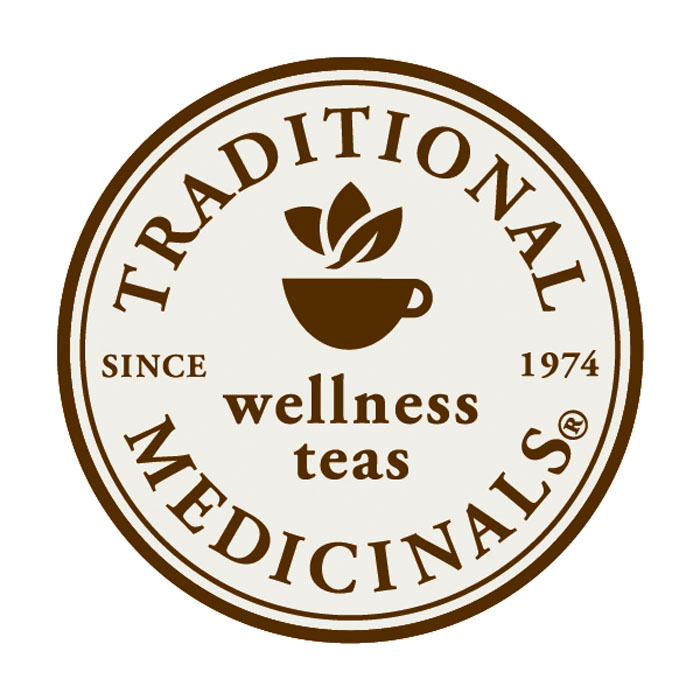












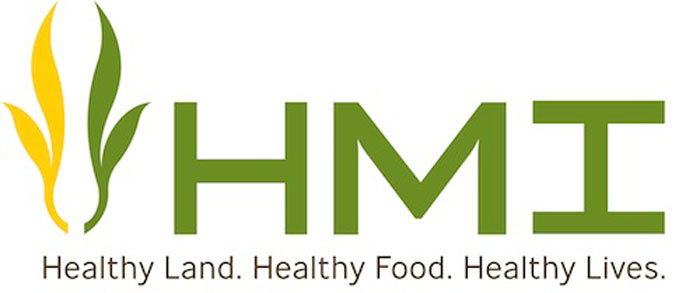



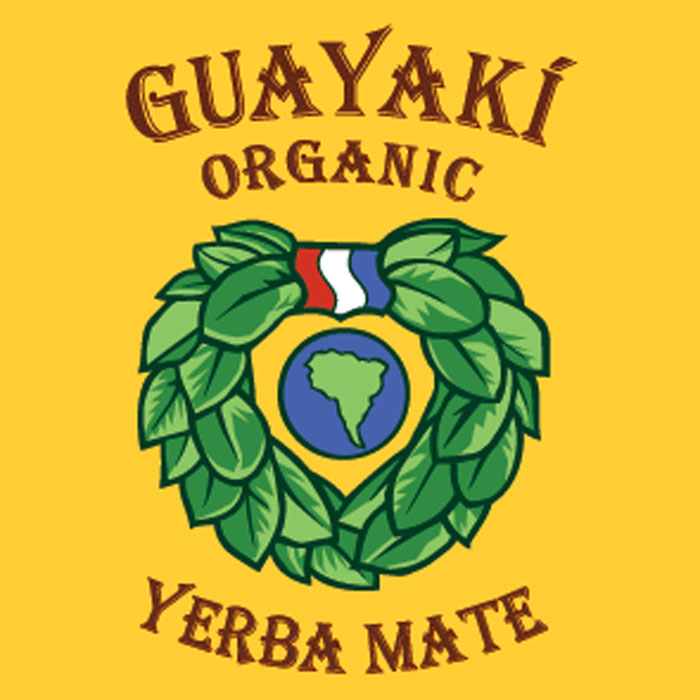

























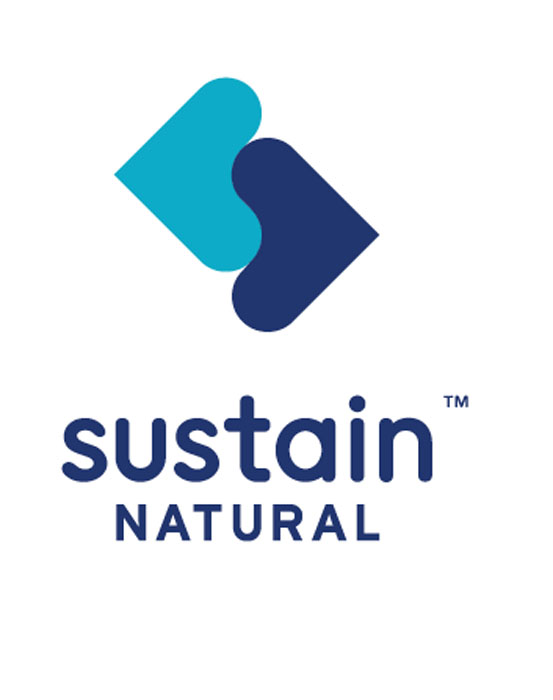










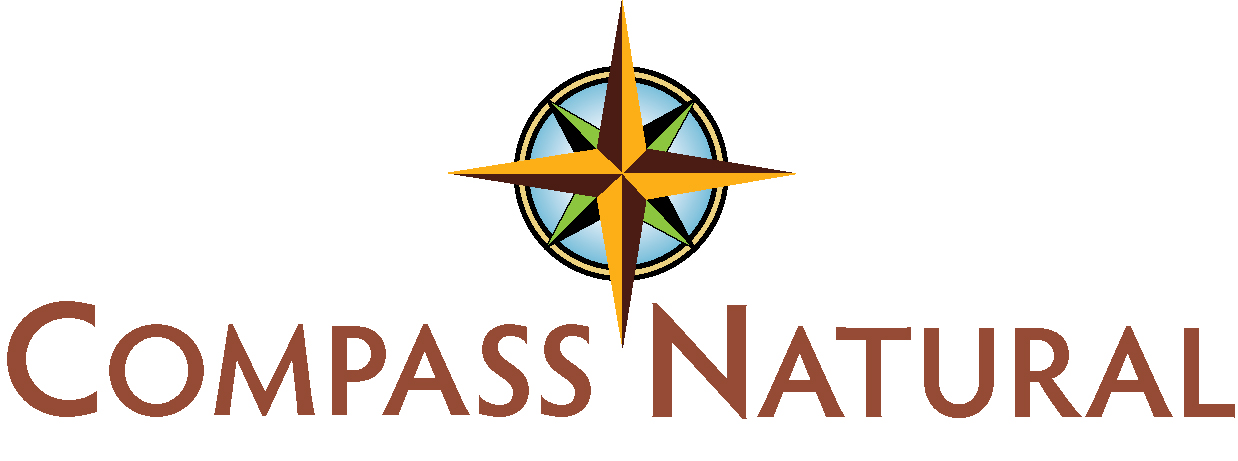
























.jpg )




